Select an Orthopaedic Specialty and Learn More
Use our specialty filter and search function to find information about specific orthopaedic conditions, treatments, anatomy, and more, quickly and easily.
GET THE HURT! APP FOR FREE INJURY ADVICE IN MINUTES
Shoreline Orthopaedics and the HURT! app have partnered to give you virtual access to a network of orthopaedic specialists, ready to offer guidance for injuries and ongoing bone or joint problems, 24/7/365.
Browse Specialties
-
- Joint Disorders
- Ligament Disorders
- Muscle Disorders
- Shoulder
Chronic Shoulder Instability
Chronic shoulder instability is the persistent inability of these tissues to keep the arm centered in the shoulder socket, so the shoulder is loose and slips out of place repeatedly. Once a shoulder has dislocated, or the shoulder’s ligaments, tendons and muscles become loose or torn, that shoulder is vulnerable to repeated dislocations.
More Info -
- Diagnostics & Durable Medical Equipment (DME)
Digital X-Ray, On Site
Computed radiography, or digital X-ray, is an advanced technology that streamlines the X-ray process and enables Shoreline Orthopaedics to provide each patient with superior, prompt treatment based on the most accurate, efficient diagnosis.
More Info -
- Fractures, Sprains & Strains
- Sports Medicine
Fractures
A fracture is a broken bone. Although bones are rigid, they do bend with limited flexibility when outside force is applied. When that force is too great, the bone will fracture. Common causes of fractures include: trauma, such as auto or sports-related accidents; osteoporosis, which can weaken the bone; or overuse caused by repetitive motion that can tire muscles and place excess force on the bone, resulting in stress fractures like those most often seen in athletes.
More Info -
- Hand & Wrist
- Joint Disorders
Ganglion Cyst
A ganglion cyst is a fluid-filled mass or lump. Although they can develop in various locations, the most common location is on the back of the wrist. Ganglion cysts are not cancerous. In most cases, ganglion cysts are harmless and do not require treatment. If, however, the cyst becomes painful, interferes with function, or has an unacceptable appearance, several treatment options are available.
More Info -
- Arthritis
- Joint Disorders
- Knee
- Physical Medicine & Rehabilitation (PM&R)
Knee Arthritis
The knee is one of the most commonly involved joints with arthritis. Arthritis is the loss of the normal protective cartilage that covers the bones. When this cartilage or “padding” of the bone breaks down and is lost, areas of raw bone become exposed and grind against each other with standing and walking. This is “bone on bone” arthritis and is usually painful.
More Info -
- Neck and Back (Spine)
Lumbar Spinal Stenosis
Lumbar spinal stenosis is a common cause of pain in the lower back and legs. As we grow older, our spines change and over time, normal wear-and-tear and the effects of aging can lead to a narrowing of the spinal canal (spinal stenosis). This puts pressure on the spinal cord and spinal nerve roots, and may cause pain, numbness or weakness in the legs.
More Info -
- Neck and Back (Spine)
Preventing Back Pain
Back pain can vary according to the individual and underlying cause. The pain may dull, achy, sharp, stabbing, or it may feel like a cramp, or “charley horse.” The intensity of pain may worsen with certain activities, such as bending, lifting, standing, walking or sitting.
More Info -
- Foot & Ankle
- Pediatric Injuries
- Sports Medicine
Sever’s Disease
Sever’s disease (also known as osteochondrosis or apophysitis) is an inflammatory condition of the growth plate in the heel bone (calcaneus). One of most common causes of heel pain in children, Sever’s Disease often occurs during adolescence when children hit a growth spurt.
More Info -
- Joint Disorders
- Shoulder
- Sports Medicine
Shoulder Dislocation
A dislocated shoulder occurs when the head of the upper arm bone (humerous) is either partially or completely out of its socket (glenoid). Whether it is a partial dislocation (subluxation) or the shoulder is completely dislocated, the result can be pain and unsteadiness in the shoulder.
More Info -
- Joint Disorders
- Physical Medicine & Rehabilitation (PM&R)
- Shoulder
- Sports Medicine
Shoulder Impingement
Rotator cuff pain commonly causes tenderness in the front and side of the shoulder. There may be pain and stiffness when lifting the arm, or when lowering the arm from an elevated position.
More Info -
- Joint Disorders
- Shoulder
- Sports Medicine
SLAP Tear
A SLAP (Superior Labrum Anterior and Posterior) tear is an injury to the top (or superior) part of the labrum. SLAP tears can be the result of acute trauma, or repetitive overhead sports, such as throwing athletes or weightlifters, have an increased risk of injury to the superior labrum. Many SLAP tears are the result of a wearing down of the labrum that occurs slowly over time.
More Info -
- Fractures, Sprains & Strains
- Hand & Wrist
- Ligament Disorders
- Sports Medicine
Thumb Sprain
A sprained thumb, or gamekeepers thumb, is an injury to the ulnar collateral ligament. A tear in the ulnar collateral ligament at the base of the thumb will cause instability and discomfort, weakening your ability to pinch and grasp.
More Info -
- Fractures, Sprains & Strains
- Hand & Wrist
Wrist, Scaphoid Fracture
Fractures of the scaphoid occur in people of all ages. This fracture often happens as a person tries to break a fall and lands on an outstretched hand with the palm bearing most of the weight. Automobile accidents and sports injuries are also frequent causes.
More Info

